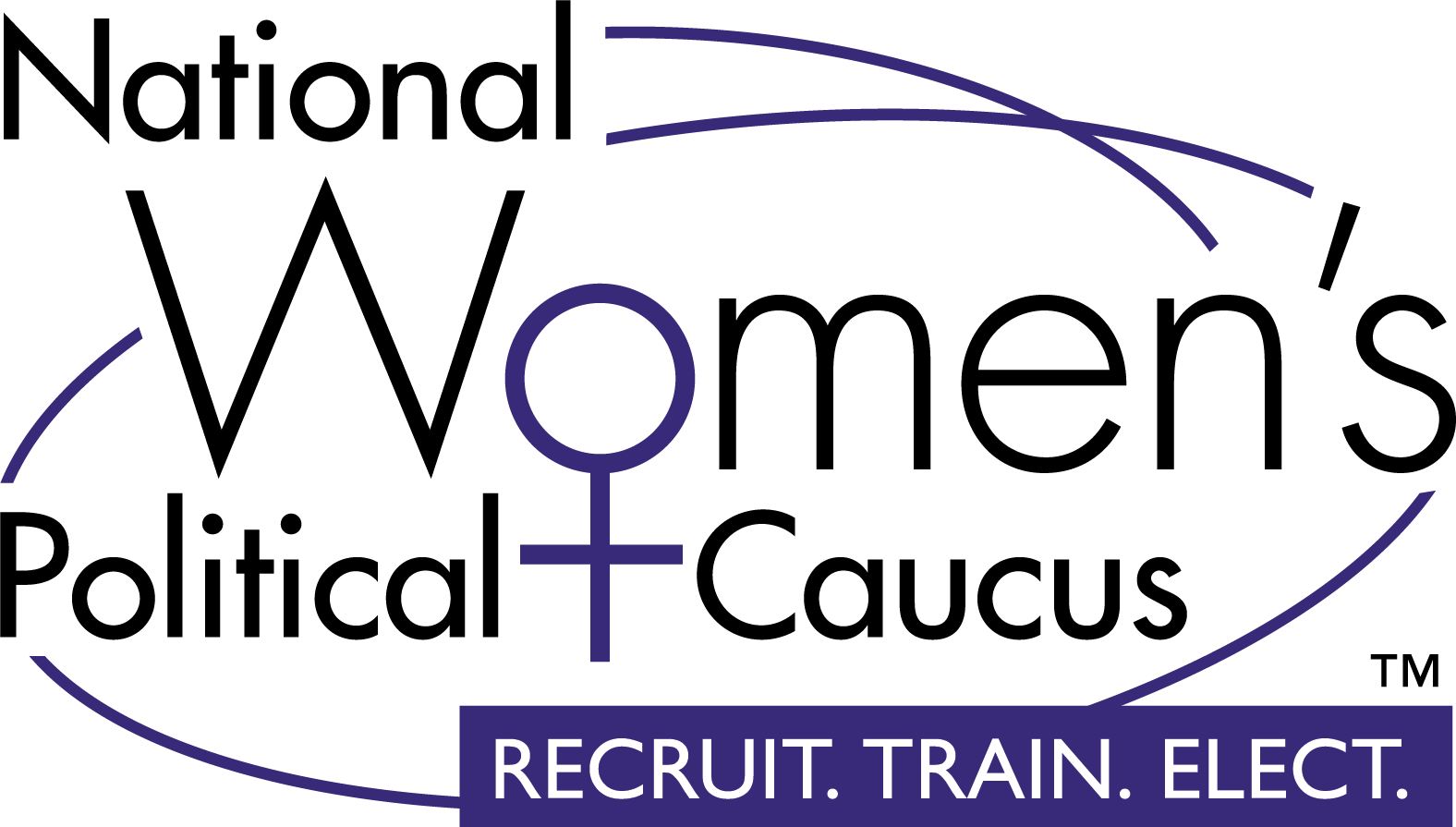By Dr. Carmen Schaye, NWPC Vice President of Diversity
Across the country, on stages big and small, legislators, activists, and judges are waging a war on women’s right to choose. Though the right to abortion has been a settled law for almost half a century (having been decided upon in the Supreme Court in 1973) it has nonetheless become the central issue in the U.S. culture war. And for good reason: for the Christian right, abortion is the immoral termination of a life; for the left, it represents a woman’s right to control her body and adjudicate if they are economically, emotionally, and physically ready to have a child. Each side is uncompromisingly dogmatic about their position on the issue, and equally convinced that it is critical to fight for complete victory.
While Roe v. Wade has ensured U.S. citizen’s right to choose on a federal level, some states are adopting limitations on abortion that effectively foreclose the possibility of a safe and legal abortion. There are currently ten states with so-called “heartbeat bills”, which ban abortions once the fetus has a detectable heartbeat, which is typically about six weeks into a pregnancy, a time when many women still don’t even know that they are pregnant. Some states force women seeking an abortion to have an ultrasound before they terminate the pregnancy; others force women who successfully get an abortion to have a funeral for the remains of the fetus.
Many of these laws flagrantly violate the standards for abortion access laid out in Roe v. Wade, and there is reason to believe that the GOP is deliberately violating those standards as a strategy to bring a case before the Supreme Court. While Roe v. Wade is settled law, it could be overturned if a case challenging a state’s restrictions on abortion is brought before the court. It is unlikely that the court would use that opportunity to ban abortion altogether, but it is entirely possible that it could return the ability to do so to individual states.
There is no telling how disruptive repealing Roe v. Wade would be to our current political system. On the left, women have become the lifeblood of the party, and their representation in Congress is all but certain to grow in the years to come. Rolling back a woman’s right to choose would be received as a direct threat to their equality as citizens of this country. A repeal would divide the country into pro-life states and pro-choice states, essentially creating two United States.
This scenario is speculative, of course, and Chief Justice Roberts seems to resist the pressure to make the court an activist body. It is perhaps more likely that he will simply allow the status quo to continue, in which abortion rights are eroded and hamstrung, but not summarily banned. That strategy spares the GOP the potential blowback of repealing Roe v. Wade while allowing for de facto bans.
Regardless, there is undeniable pressure on Roberts and the other conservative justices to dismantle Roe v. Wade. While running for office, President Trump was clear about his desire to appoint judges to the Supreme Court who would repeal Roe v. Wade, and memorably said that were abortion to be outlawed, there would have to be “some sort of punishment” for women who illegally underwent the procedure. Neil Gorsuch and Brett Kavanaugh, Trump’s two appointees to the Supreme Court, are both conservative Christians, and were both selected in part for their willingness to vote to repeal Roe v. Wade. While a repeal remains hypothetical, the pieces are certainly in place to make it a reality.

